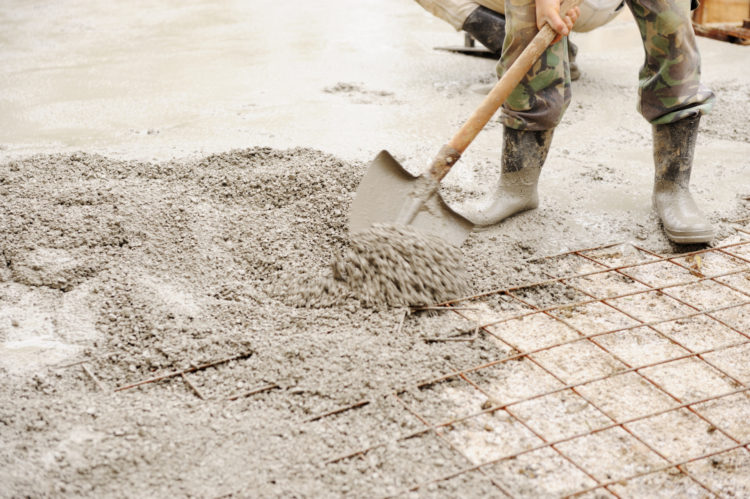Out of all the industrial supplies in the world, concrete may have one of the most fascinating histories. Concrete is the most used manmade material in the entire world and also happens to be the second most consumed substance, second only to water.
With a wide variety of uses for concrete and a large number of concrete suppliers, it is only natural to be curious about its origins. Keep reading to find out some interesting facts about how one of the most-used industrial supplies got its start.
Before concrete was invented
Ancient societies and civilizations used concrete-like materials to perform similar functions to the industrial supplies we use today. In about 1300 BCE, builders in the Middle East used to coat structures in a thin layer of burned limestone, which would harden when mixed with the gases in the air. Materials like sand, water, limestone, and other materials were often mixed and used in early concrete-like substances.
Early use of concrete
Around 6500 BCE, in certain areas of Syria and Jordan, hydraulic lime, a type of concrete that can harden underwater, was discovered. This gave rise to concrete floors, walls, and cisterns. In Egypt in 3000 BCE, a lime mortar was used as one of the strong industrial supplies in building the pyramids and functioned almost identically to concrete. Also around this time in China, a form of cement made with sticky rice was used to construct the Great Wall.
Milestones in concrete
Although the kind of concrete many civilizations used stayed simple for a long period of time, technological milestones were eventually made. The Romans used a type of natural pozzolan material to make effective concrete for their structures around 600 BCE, although their formula became lost in the destruction of the Roman Empire. Luckily, the Roman manuscripts were found again in the 1400s.
In the late 1700s and early 1800s, different inventors began experimenting with mixtures of clay, limestone, chalk, and various ingredients in an effort to create more advanced industrial supplies. The use of kilns in creating cement was a milestone that greatly increased the functionality of cement. Throughout the 1900s, ready-mix loads and high-rise buildings began to increase significantly, and modern concrete became more and more widely used. During this time many of the concrete buildings and structures as we know them today were built.
Concrete has always been a very reliable, safe, and convenient material to use, which is why it is still extremely popular today and is seen in many structures. In fact, in the U.S. it is estimated that around 88.5 million metric tons of cement were made in 2018 alone. Industrial supplies are crucial to modern buildings, and concrete happens to be one of the best industrial supplies. Looking back at how far concrete has changed and evolved, it’s likely that concrete will continue to evolve and advance.



